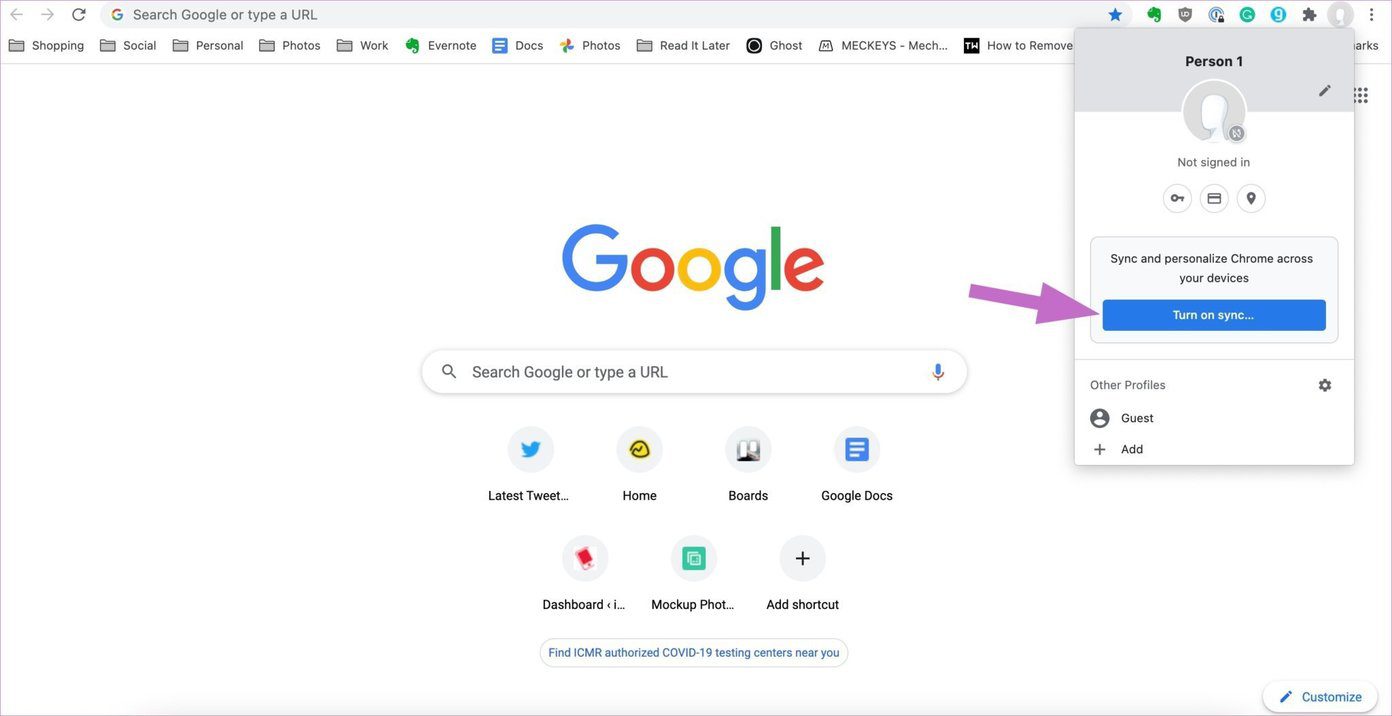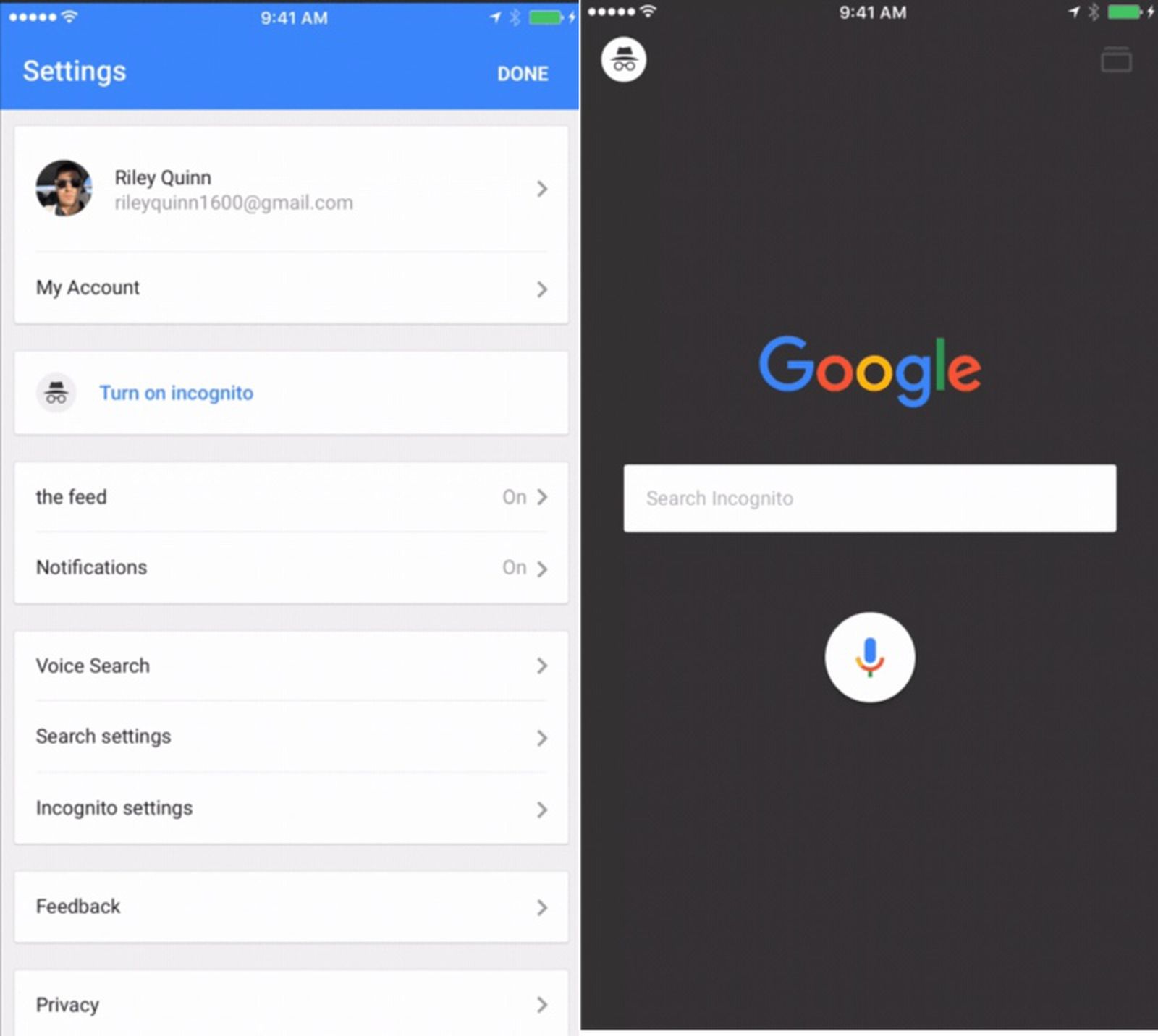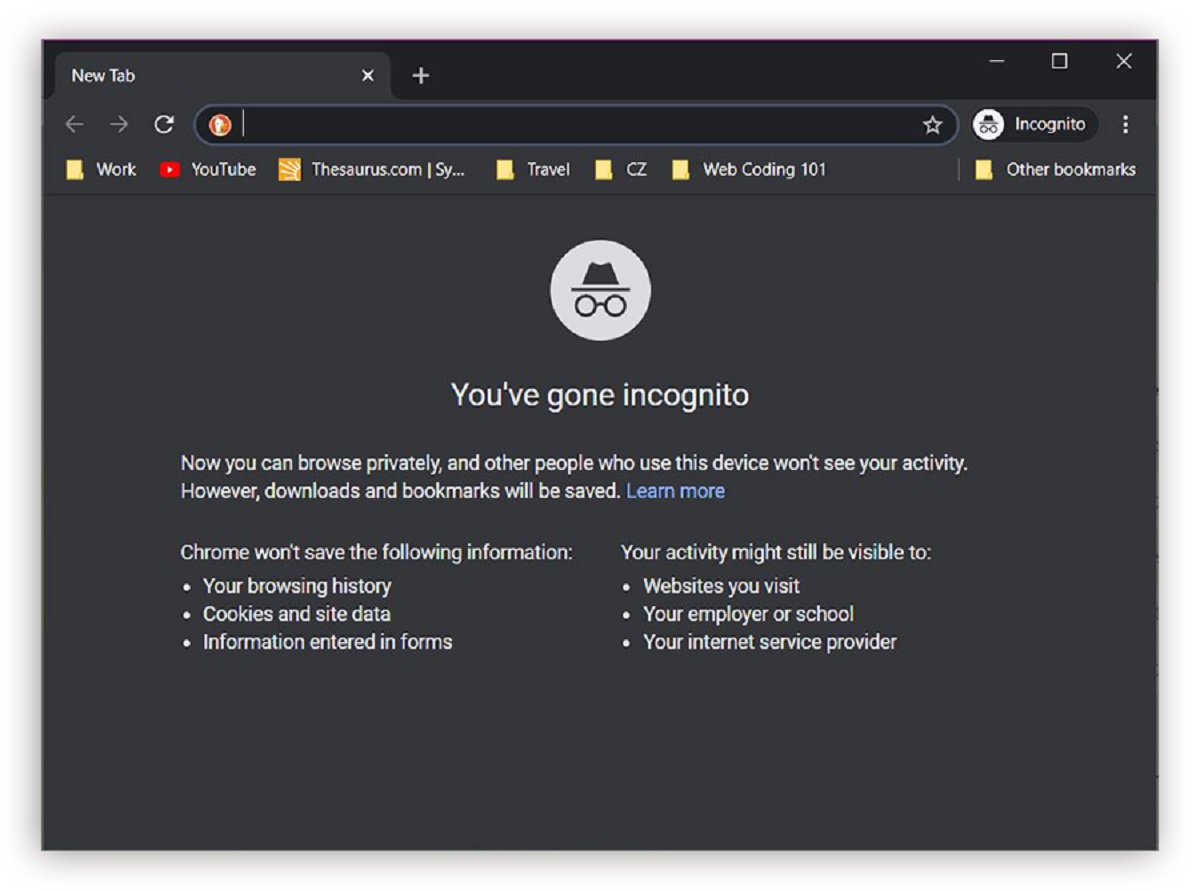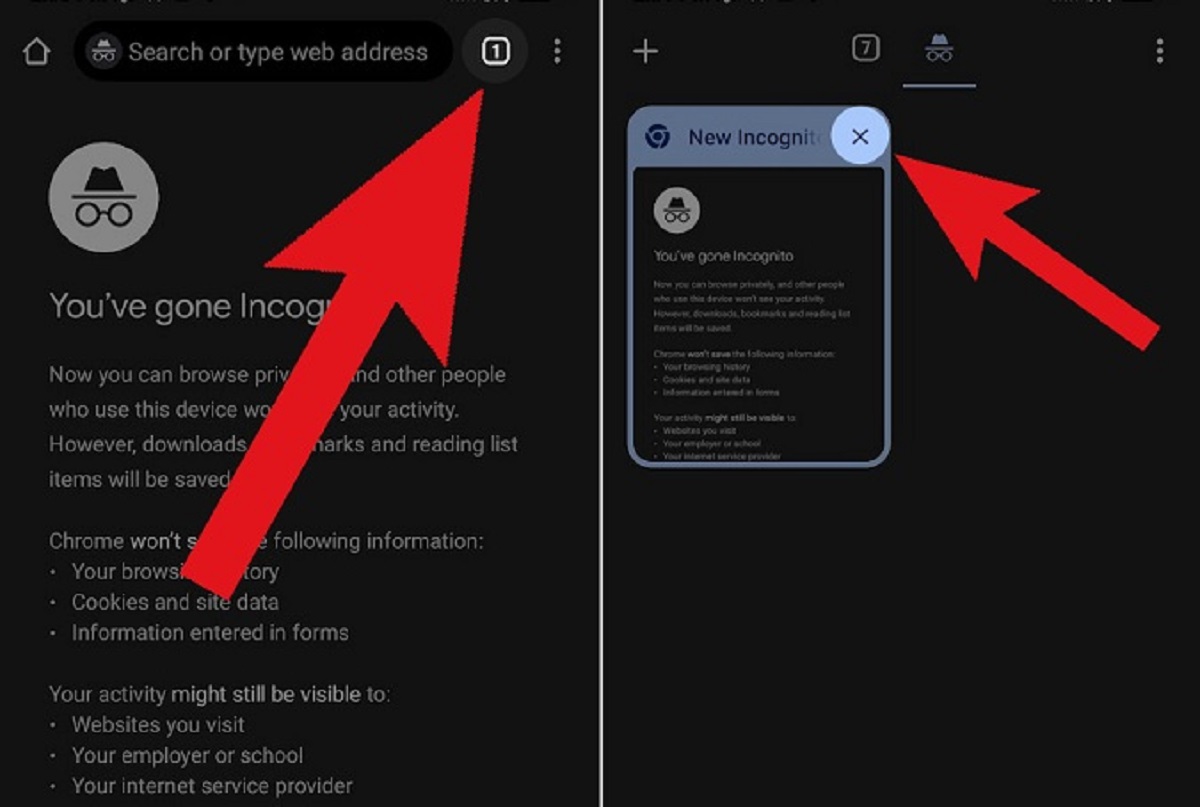Introduction
Google Chrome is one of the most popular web browsers, known for its speed, simplicity, and user-friendly interface. However, many users encounter the frustrating issue of being repeatedly signed out of their Google accounts while using Chrome. This can disrupt workflow, lead to data loss, and cause inconvenience. If you've experienced this problem, you're not alone. Understanding the potential causes and solutions can help you regain control of your browsing experience.
In this article, we'll explore the common reasons why Google Chrome keeps signing you out and provide practical solutions to address this issue. From clearing cookies and cache to checking for updates and disabling extensions, we'll delve into the troubleshooting steps that can help resolve this persistent problem. Additionally, we'll discuss the importance of checking for malware and the option of resetting Chrome settings to restore seamless functionality.
By the end of this article, you'll have a comprehensive understanding of the factors contributing to this issue and the actionable steps you can take to prevent Google Chrome from repeatedly signing you out. Let's dive into the details and empower you to overcome this frustrating obstacle in your browsing experience.
Clearing Cookies and Cache
When Google Chrome keeps signing you out unexpectedly, one of the first troubleshooting steps is to clear the cookies and cache. Cookies are small pieces of data that websites store on your computer to remember your preferences and login information. While cache refers to the temporary files stored by the browser to load websites faster. Over time, these cookies and cache can become corrupted or outdated, leading to issues with website functionality, including unexpected sign-outs.
To clear cookies and cache in Google Chrome, start by clicking on the three-dot menu icon in the top-right corner of the browser window. From the dropdown menu, select "Settings" and scroll down to click on "Privacy and security." Under this section, choose "Clear browsing data." Here, you can select the time range for which you want to clear the data, including cookies, cached images and files, and other site data. After selecting the appropriate options, click on "Clear data" to initiate the process.
By clearing cookies and cache, you effectively remove the stored data that might be causing conflicts with your Google account sign-in. This action can refresh your browsing session and eliminate any outdated or corrupted data that could be contributing to the sign-out issue. Additionally, clearing cookies and cache can enhance your browser's performance and improve overall stability.
It's important to note that clearing cookies and cache will log you out of websites and remove any saved preferences, so you may need to re-enter login information and customize settings after completing this process. However, the potential benefits of resolving the sign-out problem and optimizing your browsing experience make this inconvenience worthwhile.
In summary, clearing cookies and cache in Google Chrome is a fundamental troubleshooting step to address the issue of unexpected sign-outs. By regularly performing this maintenance task, you can ensure that your browsing data remains fresh and free from potential conflicts that could disrupt your online activities.
Checking for Updates
Ensuring that your Google Chrome browser is up to date is crucial in addressing the persistent issue of unexpected sign-outs. Updates not only introduce new features and enhancements but also include important security patches and bug fixes that can directly impact the stability and performance of the browser.
To check for updates in Google Chrome, start by clicking on the three-dot menu icon in the top-right corner of the browser window. From the dropdown menu, navigate to "Help" and select "About Google Chrome." This action will prompt the browser to check for available updates. If updates are found, Chrome will automatically download and install them. It's essential to restart the browser to complete the update process and ensure that the latest version is running.
By regularly checking for updates, you can stay ahead of potential issues that may be contributing to the unexpected sign-out problem. Outdated browser versions can contain known bugs or vulnerabilities that might interfere with the smooth functioning of your Google account sign-in process. Therefore, keeping your browser updated not only enhances security but also addresses compatibility issues that could lead to disruptive sign-out occurrences.
In addition to the browser itself, it's equally important to ensure that your operating system is also up to date. Updates to your computer's operating system can provide critical compatibility improvements and security patches that directly impact the performance of web browsers. By maintaining an updated operating system, you create a more stable environment for Google Chrome to operate within, reducing the likelihood of encountering sign-out issues.
In summary, checking for updates in Google Chrome is a proactive measure to maintain the browser's performance, security, and compatibility with your Google account. By staying current with the latest software versions, you can minimize the risk of encountering unexpected sign-outs and ensure a seamless browsing experience. Regularly incorporating this simple yet impactful maintenance task into your routine can significantly contribute to the overall stability and reliability of your browsing sessions.
Disabling Extensions
Google Chrome offers a wide range of extensions that enhance functionality, productivity, and customization for users. While these extensions can greatly enrich the browsing experience, they can also be a potential source of conflicts leading to unexpected sign-outs from your Google account. Disabling extensions is a crucial troubleshooting step to identify and address any compatibility issues that may be contributing to this persistent problem.
To disable extensions in Google Chrome, begin by clicking on the three-dot menu icon in the top-right corner of the browser window. From the dropdown menu, navigate to "More tools" and select "Extensions." This action will open a new tab displaying all installed extensions. Here, you can manually disable each extension by toggling off the respective switch next to it. Alternatively, you can use the "Remove" button to uninstall the extension entirely.
When troubleshooting unexpected sign-outs, it's essential to disable extensions one by one and test the browser's behavior after each one is disabled. This systematic approach allows you to pinpoint the specific extension that may be causing conflicts with your Google account sign-in process. By isolating the problematic extension, you can take targeted action to address the issue, whether it involves updating the extension, seeking an alternative, or reaching out to the extension developer for support.
Furthermore, it's important to consider the nature of each extension and its potential impact on browser functionality. Some extensions, particularly those related to security, ad-blocking, or user authentication, may directly influence the behavior of websites and user sessions, including the sign-in process. By temporarily disabling these extensions, you can assess whether they are contributing to the unexpected sign-out issue and make informed decisions about their usage based on the observed results.
In addition to troubleshooting sign-out issues, periodically reviewing and managing installed extensions can contribute to a more streamlined and efficient browsing experience. Unused or outdated extensions can not only consume system resources but also introduce unnecessary complexity and potential conflicts. By regularly evaluating and disabling extensions that are no longer essential or compatible, you can optimize browser performance and reduce the likelihood of encountering disruptive issues such as unexpected sign-outs.
In summary, disabling extensions in Google Chrome is a strategic approach to identifying and addressing potential conflicts that may lead to unexpected sign-outs from your Google account. By systematically evaluating the impact of each extension and taking targeted action, you can effectively troubleshoot this persistent issue and optimize your browsing environment for enhanced stability and reliability.
Checking for Malware
In the digital landscape, malware poses a significant threat to the security and stability of web browsers, including Google Chrome. Malicious software, such as viruses, spyware, adware, and other forms of malware, can infiltrate your system and directly impact the behavior of web browsers, potentially leading to unexpected sign-outs from your Google account. Therefore, checking for malware is a critical step in troubleshooting this persistent issue and safeguarding your browsing experience.
Google Chrome provides built-in security features that can help detect and mitigate potential malware threats. One of the primary tools for checking for malware within Chrome is the "Chrome Cleanup Tool." This tool is designed to identify and remove software that may be causing problems with Chrome, including unwanted pop-ups, toolbars, and other forms of malicious software.
To access the Chrome Cleanup Tool, start by clicking on the three-dot menu icon in the top-right corner of the browser window. From the dropdown menu, navigate to "Settings" and select "Advanced" to expand the settings options. Under the "Reset and clean up" section, choose "Clean up computer." This action will prompt Chrome to search for harmful software and offer the option to remove any detected threats.
In addition to the built-in tools provided by Chrome, it's advisable to utilize reputable antivirus and antimalware software to perform comprehensive system scans. These third-party security solutions can detect and eliminate a wide range of malware threats that may impact not only your browser but also your entire system. By running regular scans with trusted security software, you can proactively identify and address potential malware issues that could be contributing to unexpected sign-outs from your Google account.
Furthermore, practicing safe browsing habits and exercising caution when downloading and installing software can significantly reduce the risk of encountering malware. Avoiding suspicious websites, refraining from clicking on unknown links, and being mindful of the sources from which you download files are essential precautions to minimize the likelihood of malware infiltration.
By incorporating regular malware checks into your browsing routine and maintaining a vigilant approach to online security, you can fortify your system against potential threats that may disrupt the seamless functioning of Google Chrome. This proactive stance not only addresses the immediate concern of unexpected sign-outs but also contributes to a more secure and reliable browsing environment.
In summary, checking for malware is a fundamental aspect of maintaining a secure and stable browsing experience with Google Chrome. By leveraging built-in security tools, utilizing reputable antivirus software, and practicing safe browsing habits, you can mitigate the impact of potential malware threats and minimize the risk of encountering disruptive issues such as unexpected sign-outs from your Google account.
Resetting Chrome Settings
When all other troubleshooting steps have been exhausted and the issue of unexpected sign-outs from your Google account persists, resetting Chrome settings can serve as a comprehensive solution to address underlying conflicts and restore the browser to a default state. This process effectively clears any customizations, preferences, and temporary data, providing a clean slate for your browsing experience.
To initiate the reset of Chrome settings, begin by clicking on the three-dot menu icon in the top-right corner of the browser window. From the dropdown menu, select "Settings" and scroll down to click on "Advanced" to expand the settings options. Under the "Reset and clean up" section, choose "Restore settings to their original defaults." This action will prompt Chrome to display a confirmation dialog outlining the changes that will occur as a result of the reset. You can then proceed to reset the settings, effectively reverting Chrome to its original state.
It's important to note that resetting Chrome settings will clear your browsing history, cookies, and site data, as well as disable extensions and themes. Additionally, the default search engine, homepage, and new tab page will be restored to their original settings. While this process may result in the loss of certain preferences and customizations, it can effectively eliminate persistent issues related to unexpected sign-outs and other browsing anomalies.
By resetting Chrome settings, you effectively eliminate any potential conflicts or corrupted data that may be contributing to the sign-out problem. This action provides a fresh start for your browsing experience, allowing you to re-establish a stable and reliable environment for accessing your Google account and engaging with online content.
Furthermore, the process of resetting Chrome settings can serve as a strategic approach to troubleshooting complex issues that may not be easily resolved through individual adjustments or targeted troubleshooting steps. It offers a comprehensive reset of the browser's core components, addressing potential conflicts and restoring default functionality.
In summary, resetting Chrome settings is a powerful troubleshooting measure to address persistent issues such as unexpected sign-outs from your Google account. By providing a clean slate for your browsing experience and eliminating potential conflicts, this process can effectively restore stability and reliability to your interactions with Google Chrome, ultimately enhancing your overall browsing experience.

























